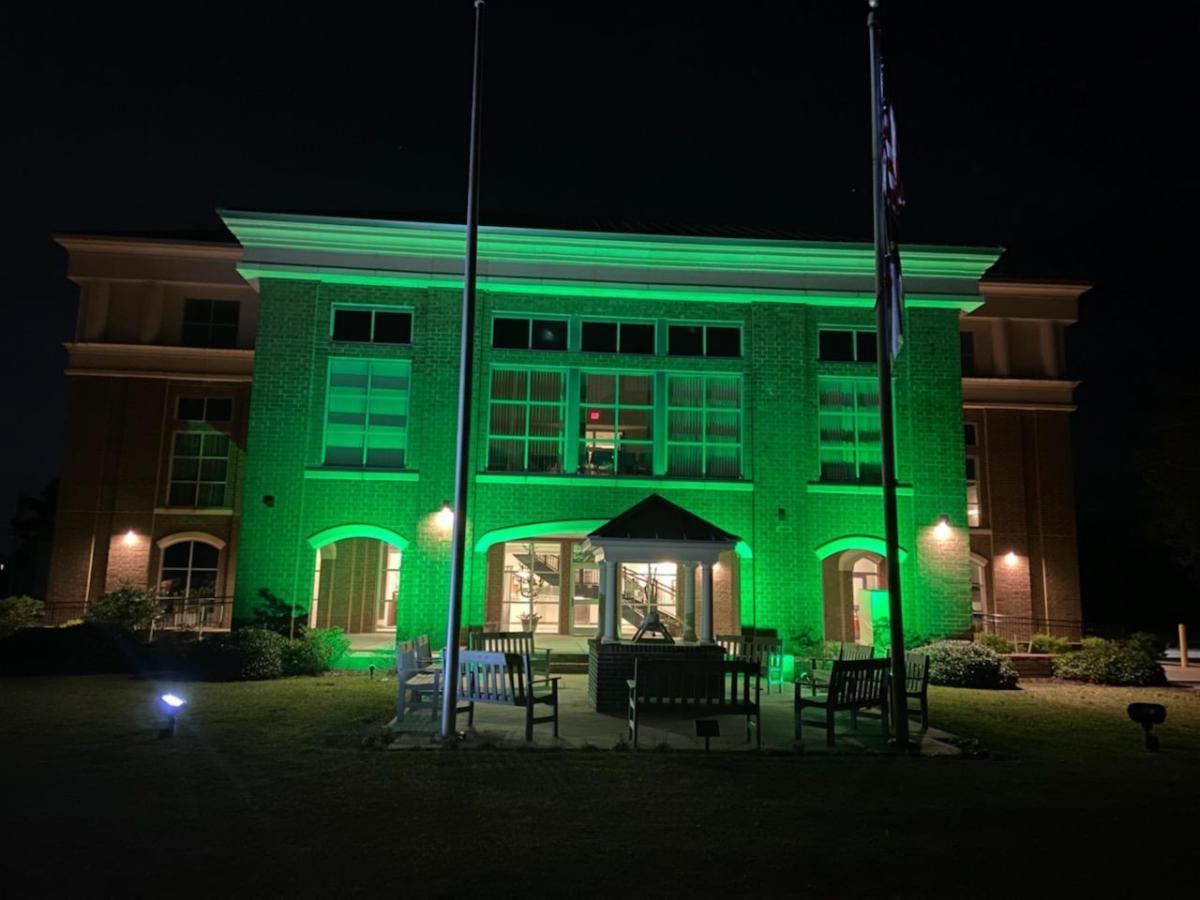What’s in that wake?
Published 4:16 pm Tuesday, July 4, 2017

- DOING THE RIGHT THING: On a past Fourth of July, these boaters observe the no wake zone that runs from along the Washington waterfront from the railroad trestle to the east and the U.S. Highway 17 Business bridge to the west. (Vail Stewart Rumley/Daily News)
Fourth of July weekend is prime time for boating on the Pamlico. Whether pulling a tube piled with children holding on for dear life or simply taking an afternoon cruise, most with water vessels are out and about. For many in Beaufort County, being on the water is just as much a part of the Fourth of July as burgers on the grill and fireworks lighting up the night sky.
While many boaters are very careful about respecting others’ space, some, however, are not. One can see an example of this, especially in times high river traffic, in the no wake zone that runs from the railroad trestle to the U.S. Highway 17 Business bridge, along the entirety of the Washington waterfront and the boardwalk over the wetlands area to the east.
Idling through the no wake zone could be frustrating for some, especially when one has someplace else to be. But a boater not idling through that area is far more frustrating for others. It’s frustrating for those who are following the “rules of the river.” It’s very frustrating, and possibly damaging, for those who live aboard their boats along the Washington waterfront, who have taken up, and pay for, their residency there precisely because it is protected. These live-aboards know that a no wake zone should mean their boats are protected from being slammed up against docks; that they won’t be thrown around below decks when an unexpected wake sends them rocking.
What many don’t understand is there’s a cumulative effect that happens in water. Everyone knows any single tiny wake — that one just above an idle — won’t send a large vessel crashing into a dock. However, it’s not just about one boat, one pilot of a boat and a single wake. During high-traffic times, many small wakes add up to a lot of water being displaced. A constant rocking and rolling against a dock can also do some damage.
For those aboard smaller vessels, such as kayaks and stand-up paddle boards, even a small wake can upset the balance, and send a person out for a paddle into the river.
It’s understandable that most boaters have got the gaze aimed ahead, looking for obstacles in the water and navigating around other boats. But sometimes, especially when traveling through a no wake zone, boaters should think a little harder about what they leave, quite literally, in their wake.




